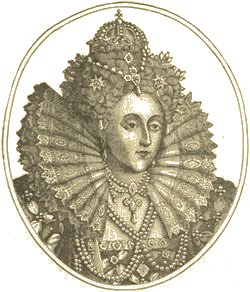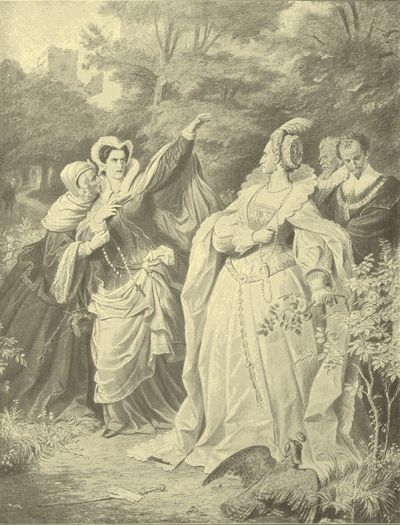 Elizabeth I of England, born on September 7, 1533, at Greenwich Palace, was the daughter of Henry VIII and Anne Boleyn. Her ascension to the throne in 1558 marked the beginning of the Elizabethan Era, a period of remarkable cultural flourishing and political stability in England.
Elizabeth I of England, born on September 7, 1533, at Greenwich Palace, was the daughter of Henry VIII and Anne Boleyn. Her ascension to the throne in 1558 marked the beginning of the Elizabethan Era, a period of remarkable cultural flourishing and political stability in England.
Elizabeth's early life was fraught with danger and uncertainty. Following her mother’s execution and her father’s subsequent marriages, she was declared illegitimate. However, she received an excellent education and was fluent in several languages, including Latin, French, and Italian. Her intellectual rigor and political acumen would later define her reign.
 Elizabeth became queen after the death of her half-sister, Mary I. One of her first challenges was religious strife. Elizabeth established the Elizabethan Religious Settlement, which aimed to unite her subjects by creating a moderate form of Protestantism, effectively laying the foundations for the Church of England.
Elizabeth became queen after the death of her half-sister, Mary I. One of her first challenges was religious strife. Elizabeth established the Elizabethan Religious Settlement, which aimed to unite her subjects by creating a moderate form of Protestantism, effectively laying the foundations for the Church of England.
Her reign is often considered a golden age in English history, marked by significant achievements in exploration, arts, and literature. Under Elizabeth's patronage, explorers like Sir Francis Drake and Sir Walter Raleigh expanded English influence overseas, while playwrights like William Shakespeare and Christopher Marlowe transformed English literature.
Politically astute, Elizabeth skillfully navigated threats from both foreign powers and domestic plots. The defeat of the Spanish Armada in 1588 was a defining moment, bolstering national pride and establishing England as a formidable naval power. Despite numerous suitors and political pressures, Elizabeth never married, earning her the nickname "The Virgin Queen." Her decision to remain single was a strategic one, allowing her to retain full control over her throne and avoid entangling England in potentially destabilizing alliances.
Elizabeth I's reign ended with her death on March 24, 1603, marking the end of the Tudor dynasty. Her legacy, however, endures as a symbol of resilience, intelligence, and cultural grandeur. She is remembered for her ability to maintain stability and foster a sense of national identity, making her one of England's most iconic and beloved monarchs. |
 Elizabeth I of England, born on September 7, 1533, at Greenwich Palace, was the daughter of Henry VIII and Anne Boleyn. Her ascension to the throne in 1558 marked the beginning of the Elizabethan Era, a period of remarkable cultural flourishing and political stability in England.
Elizabeth I of England, born on September 7, 1533, at Greenwich Palace, was the daughter of Henry VIII and Anne Boleyn. Her ascension to the throne in 1558 marked the beginning of the Elizabethan Era, a period of remarkable cultural flourishing and political stability in England.  Elizabeth became queen after the death of her half-sister, Mary I. One of her first challenges was religious strife. Elizabeth established the Elizabethan Religious Settlement, which aimed to unite her subjects by creating a moderate form of Protestantism, effectively laying the foundations for the Church of England.
Elizabeth became queen after the death of her half-sister, Mary I. One of her first challenges was religious strife. Elizabeth established the Elizabethan Religious Settlement, which aimed to unite her subjects by creating a moderate form of Protestantism, effectively laying the foundations for the Church of England. 






